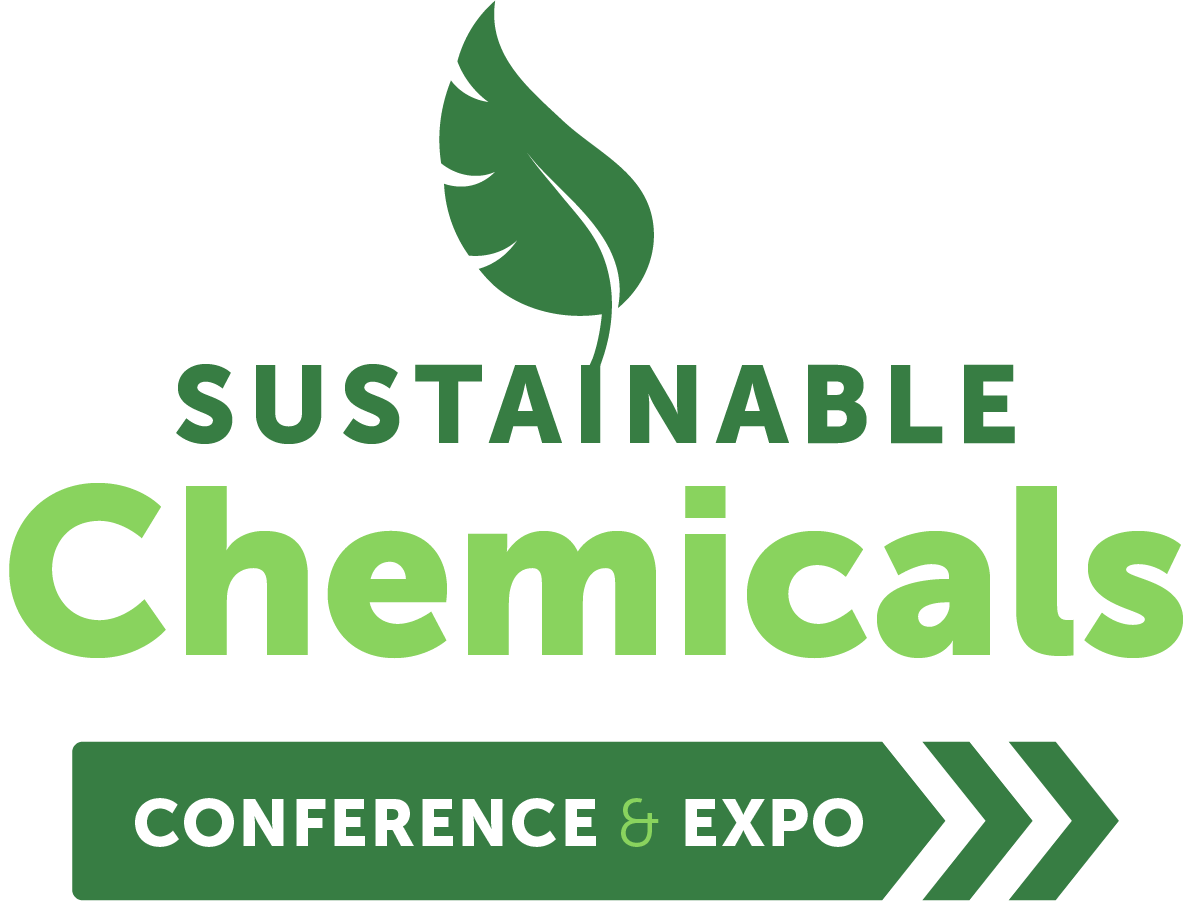Scientists are developing a dual action coating for homes which can change colour based on temperature
)
Scientists at the Harbin Institute of Technology have begun to develop an innovative new colour changing coating for homes, which can help keep houses warm in the winter and cold in the summer.
The incentive behind this is that due to the need to maintain a comfortable temperature in homes all year long, the buildings are currently responsible for about 30% of global energy consumption, because of the energy required to do this. Therefore, the scientists began to look into a greener way to manage making houses cooler in summer and warmer in winter.
After extensive research, the scientists decided to manufacture a new coating for houses based on the skin of a chameleon. The chameleons that live in the dessert regulate their body temperature by changing the colour of their skin. In the day they make their skin light grey so that a lot of the solar energy is reflected, whilst at night they change their skin to dark brown so they can absorb as much energy and warmth as possible. Yan Dong, a PhD student at the Harbin Institute of Technology, explained what their research led them to, “In this study, we drew inspiration from the Namibian chameleon and developed a Temperature-Adaptive Radiative Cooling Coating (TARCC). This material overcomes the drawback of conventional radiative cooling materials that increase heating energy consumption during the winter season.” Dong went on to explain why this greener manufacturing process would result in an improved heating and cooling system for houses, “Traditional heating and cooling systems in buildings are often energy-intensive and contribute to greenhouse gas emissions. Passive temperature control technologies aim to reduce this energy consumption by using natural processes like radiation and convection to maintain comfortable indoor temperatures.”
Adding something extra to a building such as a bit of paint or some new tiles has been done before in order to help regulate the temperature. However, the scientists were searching for a much more sustainable and greener way to do this job efficiently. In the end they created their new paint through a manufacturing process involving mixing thermochromic microcapsules – particles with the ability to change their colour based on temperature – with other microparticles, which are specialized radiative cooling components and binders. The researchers successfully formed a suspension with a texture suitable for spraying or brushing onto metal surfaces.
The scientists proceeded to test their paint on multiple different surfaces and the results showed that at temperatures below 68 degrees Fahrenheit, the coating was a dark gray colour. When warmed above this limit, the coating would turn into a lighter gray that was capable of reflecting up to 93% of incoming solar radiation. They also discovered that in hot weather, the TARCC kept temperatures up to 6.5 Kelvin below ambient temperatures. In winter, the TARCC’s strong absorption of solar light resulted in a 4.3 Kelvin temperature rise.
The next steps for this breakthrough are to continue tests and continue to improve the innovative heating and cooling system. Currently the newly manufactured paint is a success and results portray that the paint will efficiently reduce heating and energy consumption, achieving the original goal.





